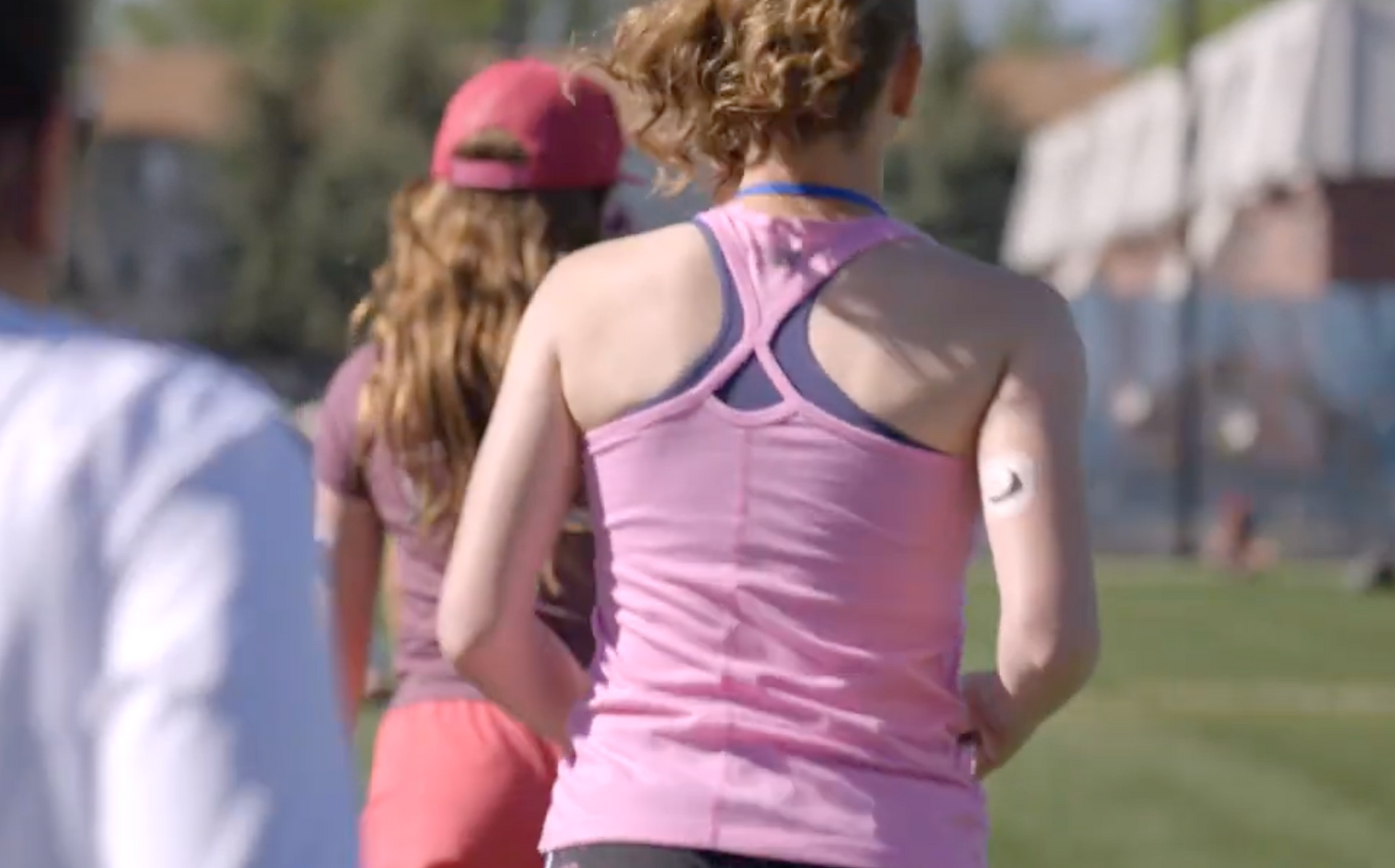Exercise
Managing Type 1 Diabetes During Exercise
Whether you're a seasoned athlete or just starting on your fitness journey, understanding how to balance your blood sugar levels while staying active is crucial for your overall health and performance. This page will provide you with essential tips, strategies, and resources to help you exercise safely and effectively with T1D.
Why Exercise is Important
Regular physical activity offers numerous benefits for individuals with T1D, including:
- Improved Blood Sugar Control: Exercise can help lower blood glucose levels and increase insulin sensitivity.
- Heart Health: Physical activity strengthens the heart and improves circulation, reducing the risk of cardiovascular diseases.
- Weight Management: Exercise helps in maintaining a healthy weight, which is important for overall diabetes management.
- Mental Well-being: Physical activity releases endorphins, which can improve mood and reduce stress.
Understanding Insulin on Board (IOB) During Exercise
Insulin on board (IOB) refers to the amount of active insulin still working in your body from your most recent dose. Understanding IOB is crucial when managing type 1 diabetes during exercise, as it significantly affects blood sugar levels during and after physical activity.
1. Plan Your Exercise Timing:
- Aim to exercise when your IOB is at a safe level. For many, this might mean working out a couple of hours after a meal or insulin dose, when insulin activity is more predictable.
- Avoid intense exercise shortly after taking a rapid-acting insulin dose, as your IOB will be higher during this period.
2. Adjust Insulin Dosages:
- If you’re planning a workout, talk to your healthcare provider about temporarily reducing your insulin dose for the meal or snack before exercise.
- Consider using a temporary basal rate if you’re on an insulin pump. This can help reduce the amount of IOB during your workout.
3. Monitor Your Levels Closely:
- Check your blood sugar and be aware of your IOB before starting exercise. Many continuous glucose monitors (CGMs) and insulin pumps display IOB data to help guide your decisions.
- During extended workouts, pause to check your blood sugar and evaluate how your IOB might be affecting you.
4. Keep Quick Carbs Handy:
- Always carry fast-acting carbohydrates like glucose tablets, candy, or juice. If you notice symptoms of low blood sugar or if your IOB is higher than expected, be ready to treat a low immediately.
5. Track Patterns:
Keep a log of your exercise sessions, including IOB, blood sugar readings, and carbohydrate intake. Over time, this information can help you and your healthcare team refine your exercise plan.
Preparing for Exercise
- Consult Your Healthcare Team: Before starting any new exercise regimen, talk to your doctor or diabetes educator. They can provide personalized advice and adjust your diabetes management plan if needed.
- Monitor Blood Sugar Levels: Check your blood sugar levels before, during, and after exercise. Knowing your starting point helps you manage your glucose levels more effectively.
- Carbohydrate Management: Have a carbohydrate-rich snack before exercising if your blood sugar levels are low. Keep fast-acting carbs, like glucose tablets or juice, on hand during workouts.
During Exercise
- Stay Hydrated: Drink plenty of water before, during, and after exercise to stay hydrated and help maintain blood sugar levels.
- Wear a Medical ID: Always wear a medical alert bracelet or carry an ID that indicates you have type 1 diabetes.
- Listen to Your Body: Pay attention to how you feel. If you experience symptoms of low blood sugar (hypoglycemia) such as dizziness, shakiness, or confusion, stop exercising and check your blood sugar immediately.
Post-Exercise Care
- Monitor Blood Sugar Levels: Continue to check your blood sugar levels for several hours after exercising, as physical activity can affect glucose levels long after the workout is over.
- Adjust Insulin and Food Intake: Based on your blood sugar readings, you may need to adjust your insulin doses or eat a snack to prevent hypoglycemia.
- Recovery and Rest: Ensure you get adequate rest and recovery to help your muscles rebuild and prevent overtraining, which can affect blood sugar levels.
Tips for Different Types of Exercise
- Aerobic Exercise: Activities like walking, running, or cycling are great for cardiovascular health. Monitor your blood sugar frequently and adjust your carb intake as needed.
- Anaerobic Exercise: Strength training or high-intensity interval training (HIIT) can cause a temporary rise in blood sugar. Check your levels regularly and manage your insulin accordingly.
- Team Sports: Activities like basketball or soccer can have variable intensities. Be prepared with quick carbs and monitor your blood sugar throughout the game.
Resources and Support
Managing T1D during exercise can be challenging, but you’re not alone. Utilize resources like:
- Diabetes Support Groups: Connect with others who have type 1 diabetes and share tips and experiences. View CDF Support Groups.
- Fitness Apps: Use apps designed to help track blood sugar levels, carbohydrate intake, and exercise routines.
- CDF Blogs: Check out these blogs on exercising with T1D:
In Summary
Exercise is a powerful tool for managing T1D and enhancing your quality of life. With careful planning and monitoring, you can enjoy the benefits of physical activity while keeping your blood sugar levels in check. Remember, every individual is different, so work closely with your healthcare team to develop a personalized exercise plan that fits your needs.
Disclaimer: This information is provided for educational purposes only and should not be considered medical or legal advice. Always consult your healthcare provider for guidance specific to your health condition.


